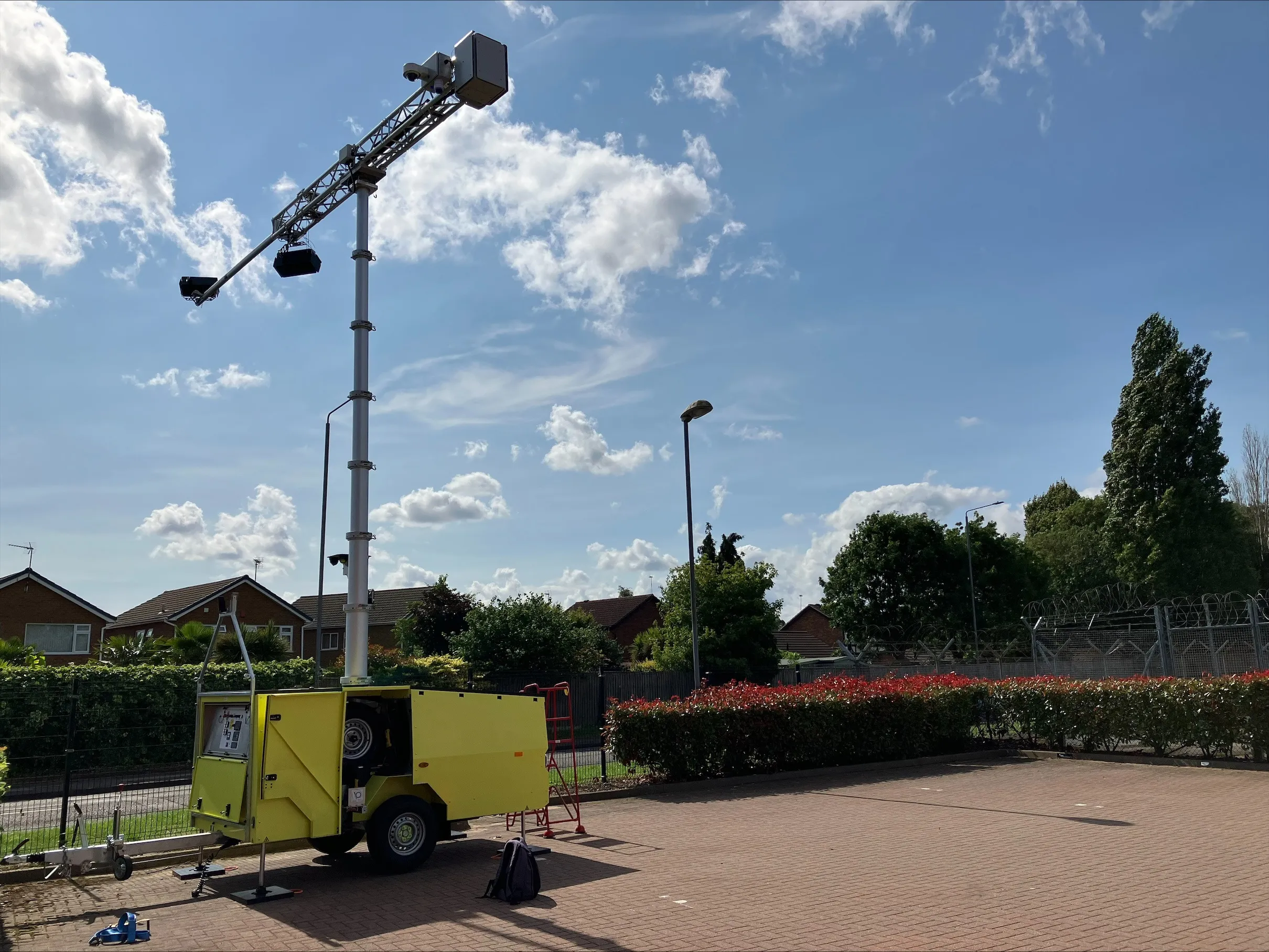The UK’s Hampshire Constabulary’s Safer Roads Unit has recently introduced new mobile speed enforcement technology to combat excessive speeds on the county’s roads. The LASERwitness Lite from Truvelo comprises laser speed measurement and digital video technology, combined with built in infra-red illumination for night time operation. The unit is extremely compact and can even be deployed from a police motorcycle if desired. This is beneficial in those locations where there is no suitable parking for a spe
March 8, 2013
Read time: 3 mins
The UK’s Hampshire Constabulary’s Safer Roads Unit has recently introduced new mobile speed enforcement technology to combat excessive speeds on the county’s roads.
The LASERwitness Lite from143 Truvelo comprises laser speed measurement and digital video technology, combined with built in infra-red illumination for night time operation. The unit is extremely compact and can even be deployed from a police motorcycle if desired. This is beneficial in those locations where there is no suitable parking for a speed enforcement van.
The camera records digital video at ten frames per second onto a low-cost SD card; a 4 GB card will store up to 8000 offences. Each offence will typically generate fifty or sixty frames to give a full tracking history of the offending vehicle’s movement from the time the camera was triggered to the time the recording was completed. In order to select a batch of relevant frames the associated SD Exporter Pro software will automatically select four images based on pre-set criteria such as first frame recorded, fastest speed recorded or closest image to the camera. This integrates seamlessly with the force’s existing back-office offence processing system.
Simon Gomer, head of the Safer Roads Unit says “We were particularly attracted to this technology because of its ability to operate in low light/night time conditions, and to
increase our ability to capture offenders during hours of darkness. This technology has not been available in the market place before and will assist us in our continued drive to reduce killed and seriously injured casualties on our roads. The addition of infrared technology means that we can extend our enforcement sessions to include winter-time morning and evening rush hour periods. So far the results are excellent and fully bear out our experience from the trials we did”.
According to Truvelo, unlike other mobile equipment, the LASERwitness Lite also has the ability to set three speed thresholds so that the camera operator can quickly select the appropriate speed setting for different classes of vehicle, e.g. car, light truck, heavy truck, or car towing a caravan. If a non-speeding offence is spotted then the camera can be manually used to make a recording. For example failing to wear a seat belt, using a mobile phone or crossing double white lines are classed as other offences and the video is marked such that these can be automatically sorted into another folder.
Calvin Hutt, Truvelo’s Sales Manager comments: “I am delighted that Hampshire has chosen the LASERwitness. Its combination of low light capability, three speed thresholds and highly efficient support software create a winning combination.
The LASERwitness Lite from
The camera records digital video at ten frames per second onto a low-cost SD card; a 4 GB card will store up to 8000 offences. Each offence will typically generate fifty or sixty frames to give a full tracking history of the offending vehicle’s movement from the time the camera was triggered to the time the recording was completed. In order to select a batch of relevant frames the associated SD Exporter Pro software will automatically select four images based on pre-set criteria such as first frame recorded, fastest speed recorded or closest image to the camera. This integrates seamlessly with the force’s existing back-office offence processing system.
Simon Gomer, head of the Safer Roads Unit says “We were particularly attracted to this technology because of its ability to operate in low light/night time conditions, and to
increase our ability to capture offenders during hours of darkness. This technology has not been available in the market place before and will assist us in our continued drive to reduce killed and seriously injured casualties on our roads. The addition of infrared technology means that we can extend our enforcement sessions to include winter-time morning and evening rush hour periods. So far the results are excellent and fully bear out our experience from the trials we did”.
According to Truvelo, unlike other mobile equipment, the LASERwitness Lite also has the ability to set three speed thresholds so that the camera operator can quickly select the appropriate speed setting for different classes of vehicle, e.g. car, light truck, heavy truck, or car towing a caravan. If a non-speeding offence is spotted then the camera can be manually used to make a recording. For example failing to wear a seat belt, using a mobile phone or crossing double white lines are classed as other offences and the video is marked such that these can be automatically sorted into another folder.
Calvin Hutt, Truvelo’s Sales Manager comments: “I am delighted that Hampshire has chosen the LASERwitness. Its combination of low light capability, three speed thresholds and highly efficient support software create a winning combination.









